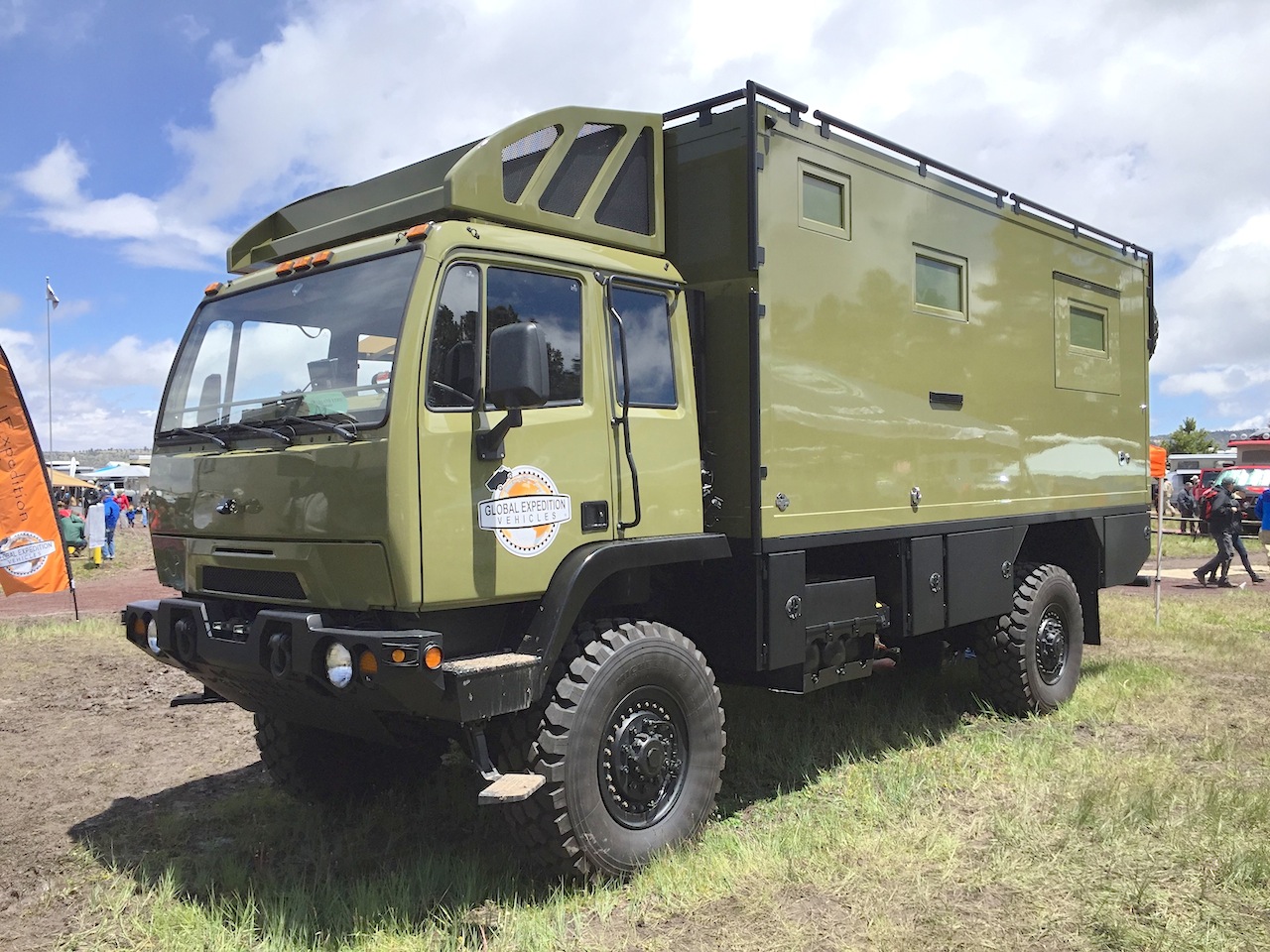
#Best overland vehicles how to
"But the very first things that I tell everyone they should get are a first aid kit (and know what's in it and how to use it), a fire extinguisher, recovery gear, and a good, extensive tool bag. "When people buy an off-road vehicle, they're excited to make all these modifications to get it ready for the trail and overlanding," Kowitz says. Our expert especially sees safety as the number one priority, and maybe holding off on some bigger modifications might be necessary. Things break, tires go flat, and you will get stuck in the mud, but that's all part of the adventure. There will be challenges along the way, so preparing for the worst is necessary. This is not the time to cheap out on equipment as you can easily find yourself in a situation many miles away from people or cell phone reception. Having reliable gear should come first and foremost when going off the grid. "If you're going out several times a month, you haven't added too much extra weight to your vehicle with other modifications, and you aren't doing a lot of technical trails, a rooftop tent might be right for you," he says. "I also recommend that people who are just getting into overlanding find out how much they are actually going out, how much time they spend off-grid, and what other modifications they're making to their vehicle before making the investment in a rooftop tent," Kowitz adds.īut don't be discouraged if you are dying to sleep on the top bunk. "Rooftop tents are really popular and a lot of people have them, but they can be pretty expensive, they add wear and tear to your vehicle (due to their weight), and they shift your vehicle's center of gravity, something that could come into play when maneuvering on trails," says Kowitz. Speaking of shelter: rooftop tents are another example of overused products that might surprise you. "You don't to have all the latest and greatest gear and equipment to have a great adventure." Since no one is forcing you to jump right into things, "start with essentials like safety and recovery gear, a way to store and prepare food, and some shelter." In an ideal scenario, Kowitz instructs new people in the industry to start small.
#Best overland vehicles install
"Most people buy and install a roof rack thinking they will use it for more storage, but unless they are actually doing long expeditions, it's not really something they need and most folks end up not using it," Kowitz notes. One of those items that Kowitz finds to be overhyped is roof racks.

Sometimes, we get caught up in what we see on the coolest-looking trucks on social media, and we immediately think that we need to get it for the trails.

This "can save space and weight in your vehicle, which is often a very important consideration when overlanding because all that extra weight can cause wear and tear on your vehicle." Tip #2: Start Small (and Skip the Instagram-Famous Items) Another tip he adds is to have items that can be used for more than one thing. For a baseline, Brad Kowitz advises that your gear should be durable, compact and lightweight this is especially important as you get more experienced and take on longer trips. On a basic level, when you are picking out your gear, there are a few things to keep in mind. To help you get started on your overlanding journey after selecting your vehicle, we contacted overlanding experts Brad and Regena Kowitz of TrailRecon to learn the ins and outs of your first adventures. There will be many decisions to make your setup work best for you, but having a high-clearance 4-wheel-drive truck or SUV will be integral in starting the process. In fact, stock Jeeps and Tacomas may even be calling for a lift and some mud tires, depending on the difficulty of the trails you plan on tackling. It all starts with your car, and as much as we love the family minivan, unfortunately, it won't be making the cut.

These excursions won't be your typical road trip to Mount Rushmore, as more planning, navigation and slow driving are involved. When you think of off-roading, your mind may gravitate toward mudding or rock crawling, and while you will encounter these obstacles along the way, the focus of overlanding is much broader. Like backpacking, overlanding is just as much about the journey as the destination, but these adventures will take you further than you could ever go on foot. Typically these trips are multi-day or week excursions that require an investment in your vehicle and gear. Overlanding is a style of off-roading that involves long-haul driving routes on unmaintained dirt roads and trails.


 0 kommentar(er)
0 kommentar(er)
